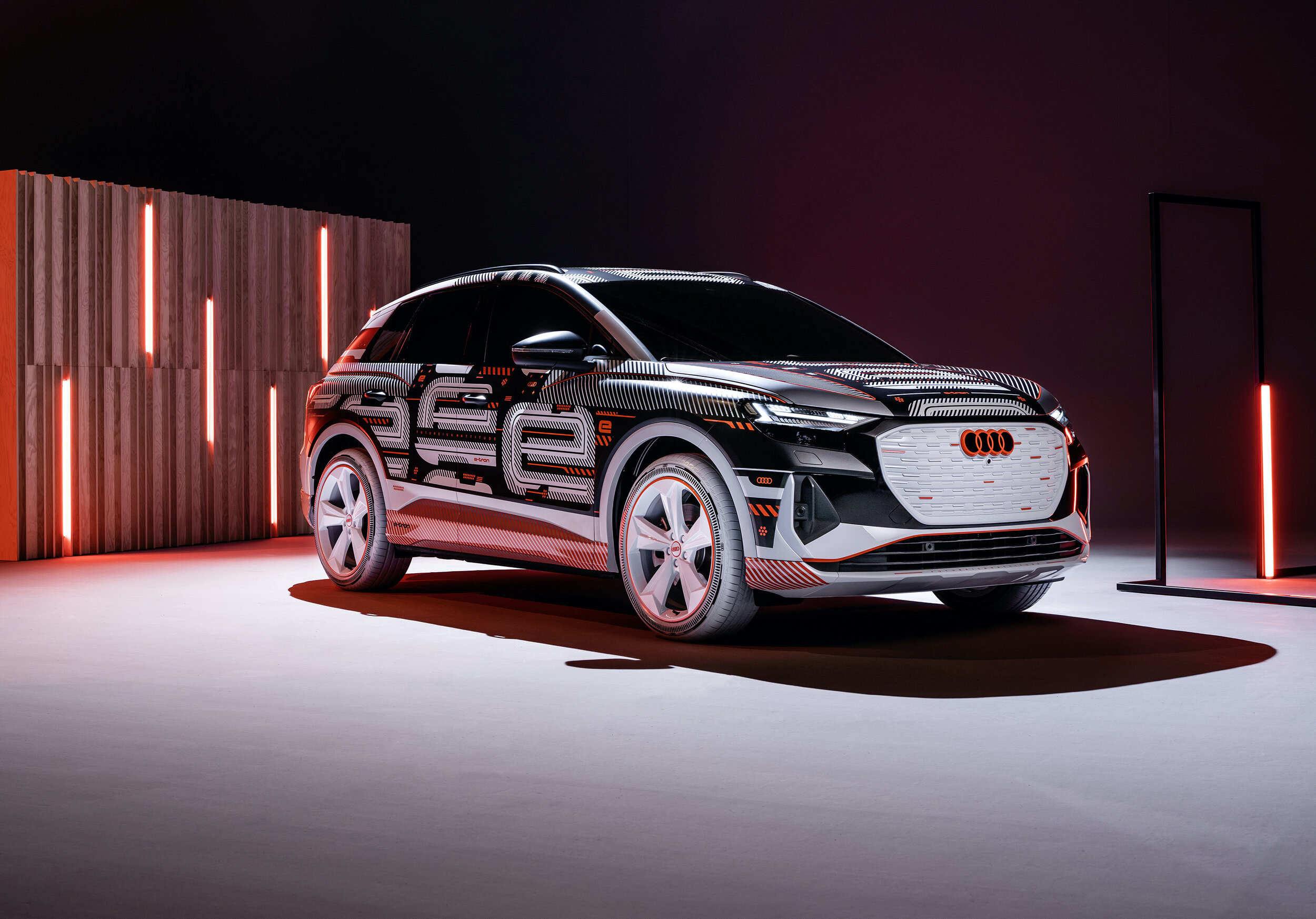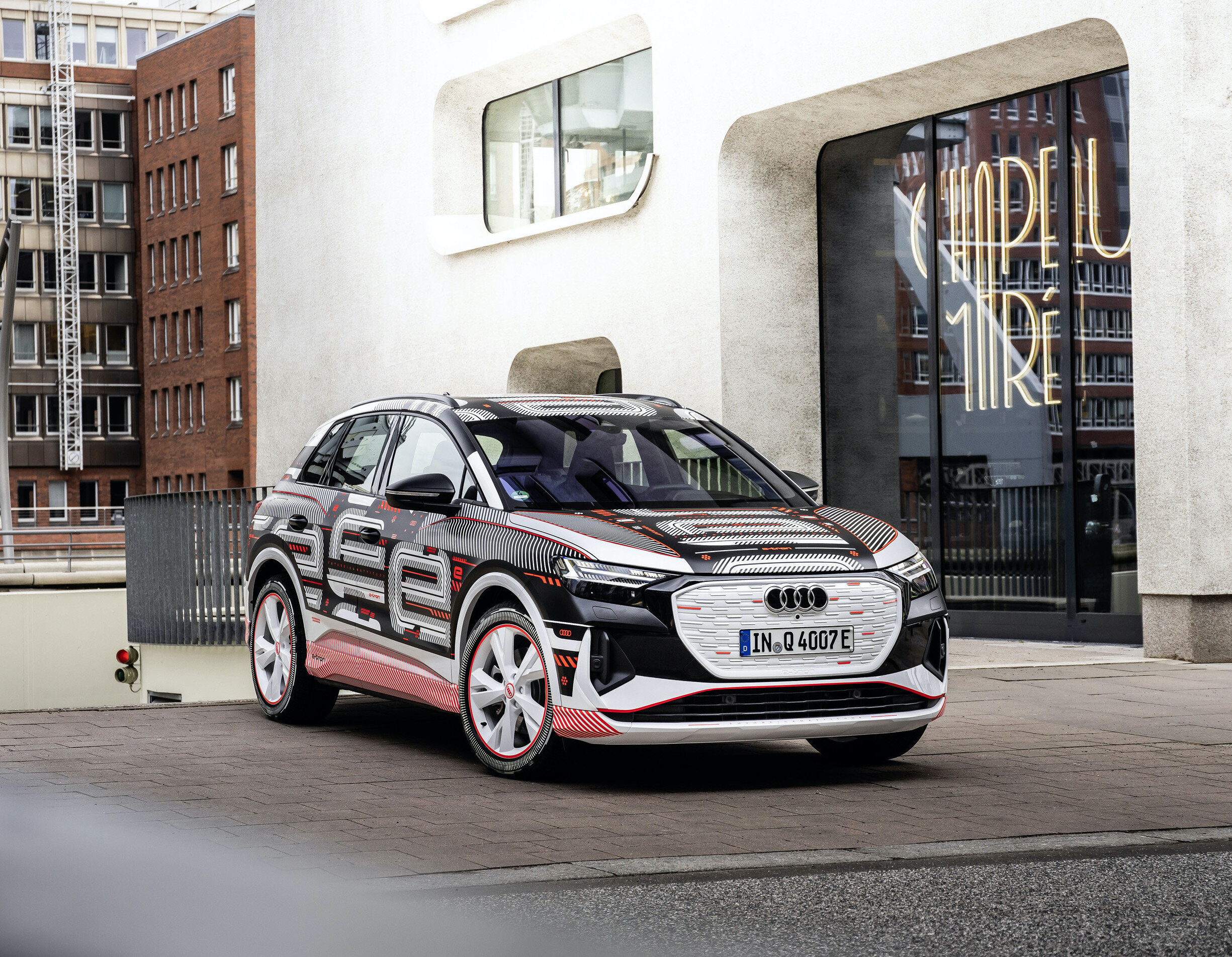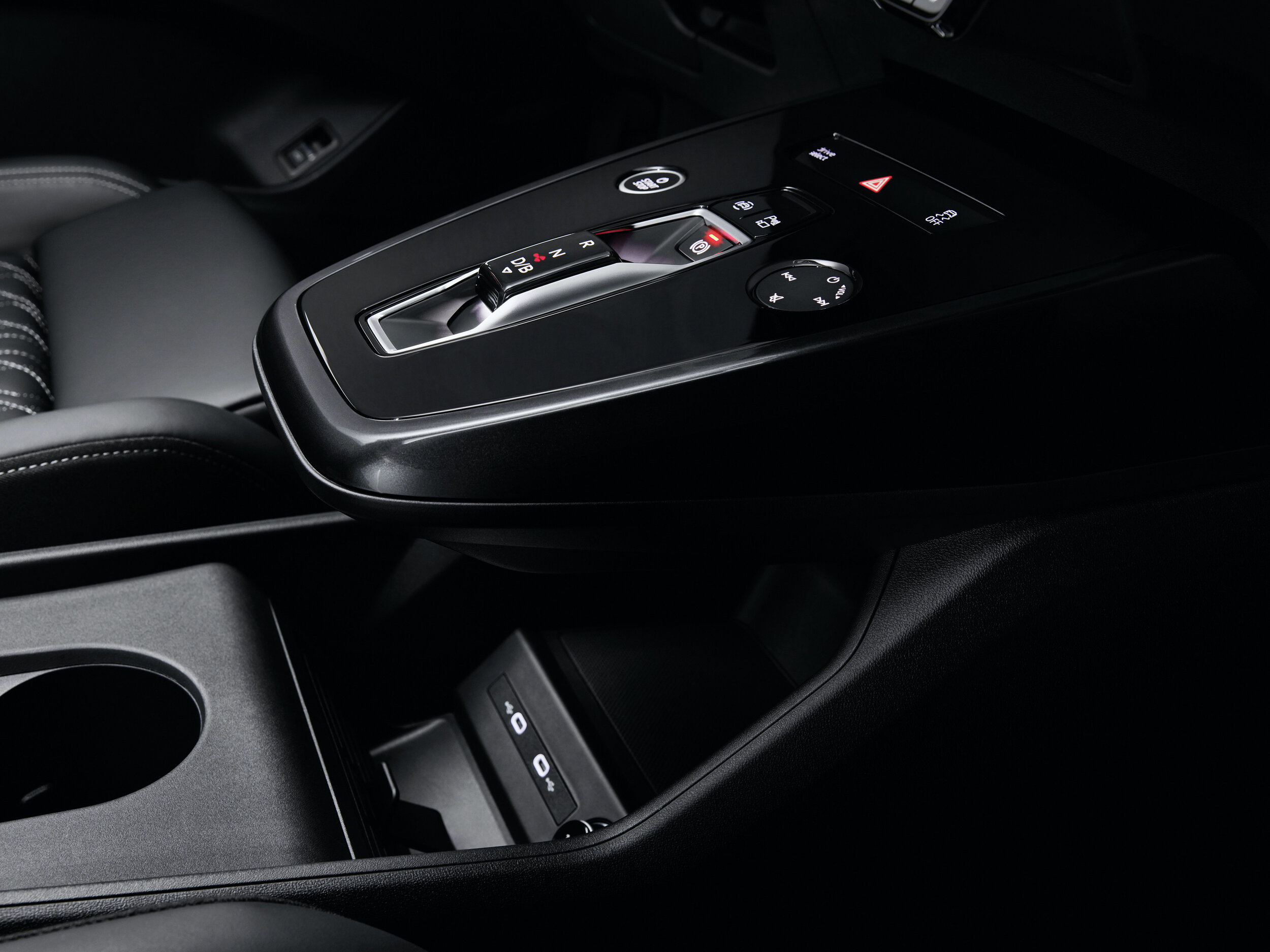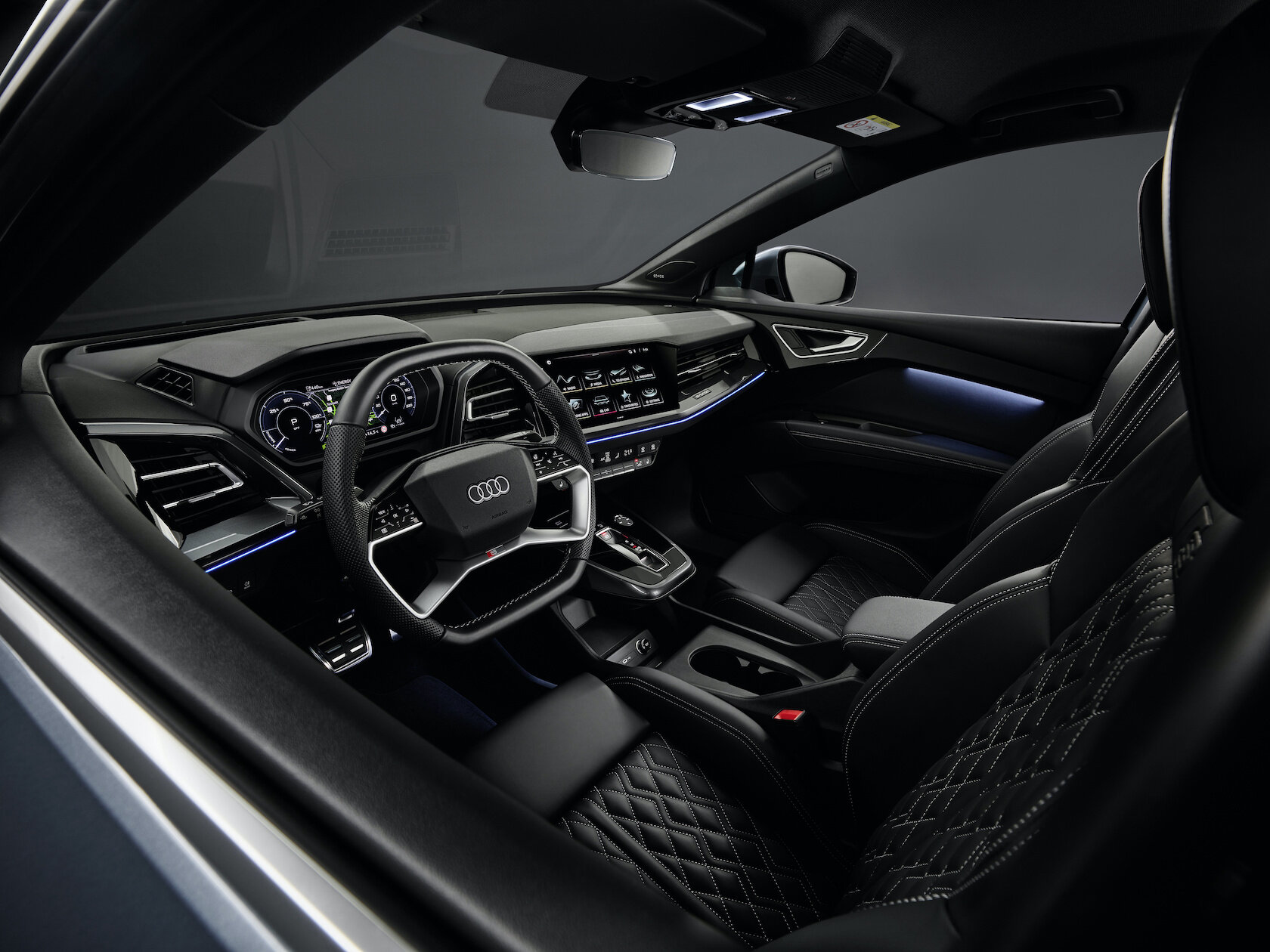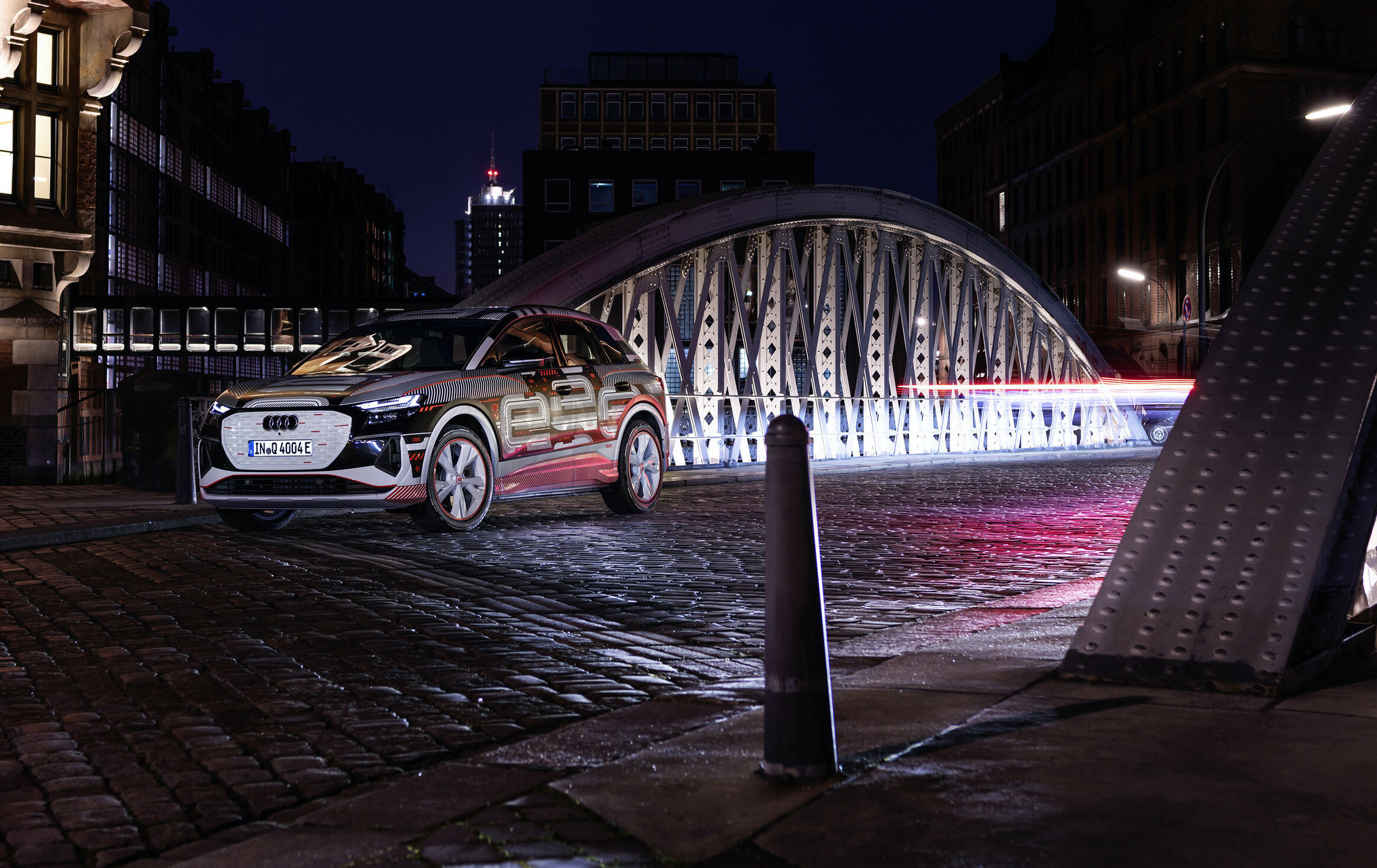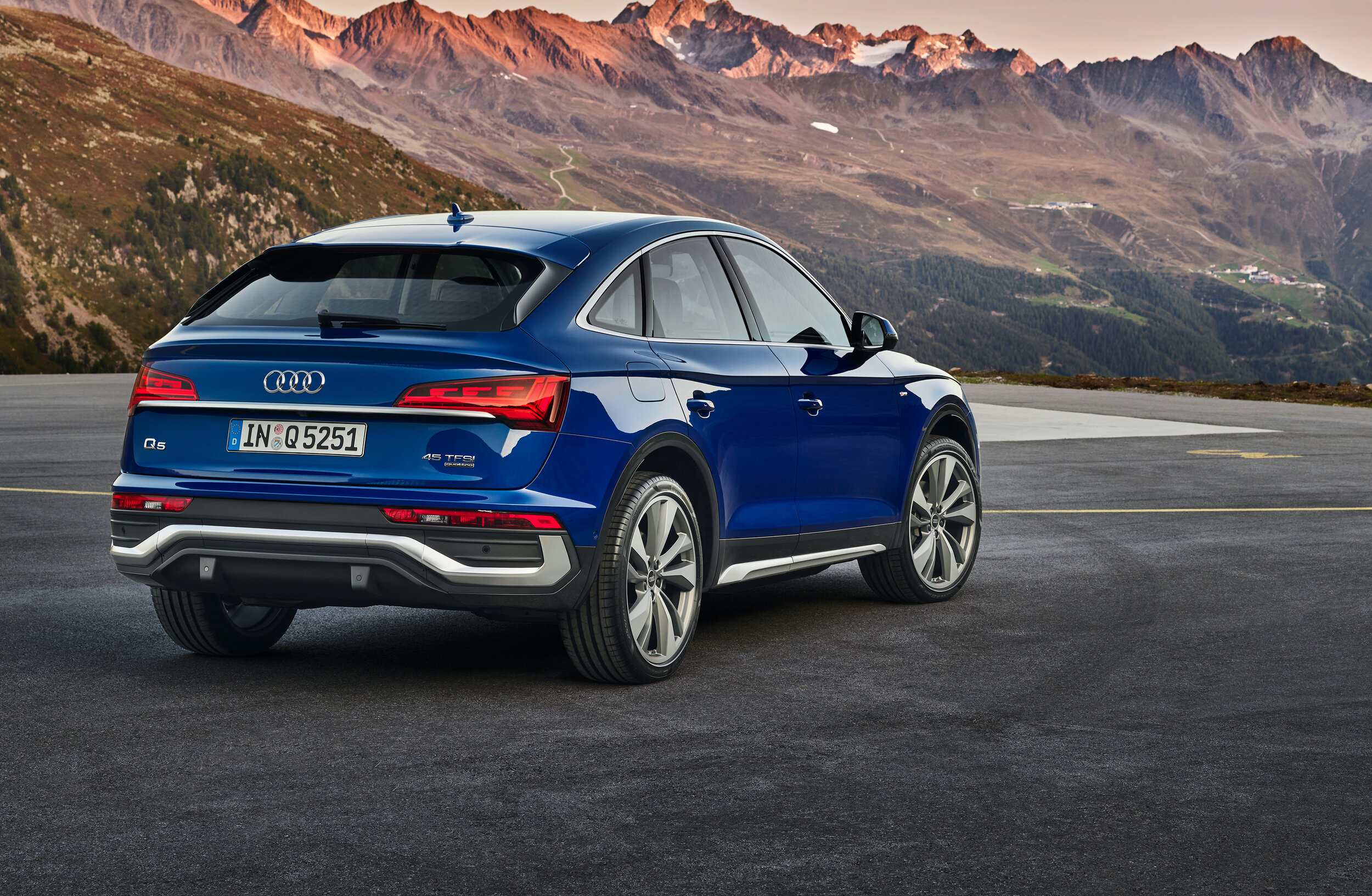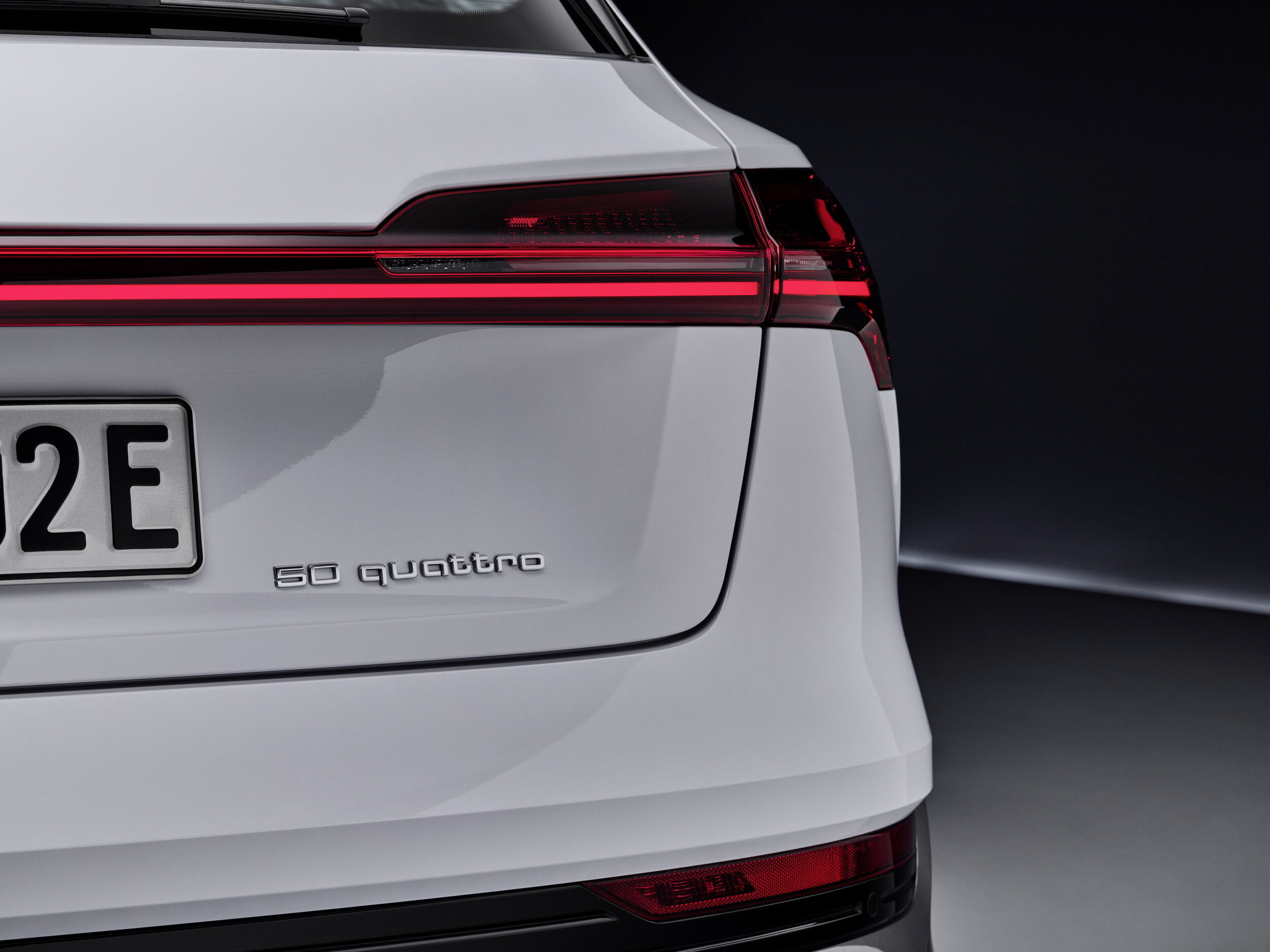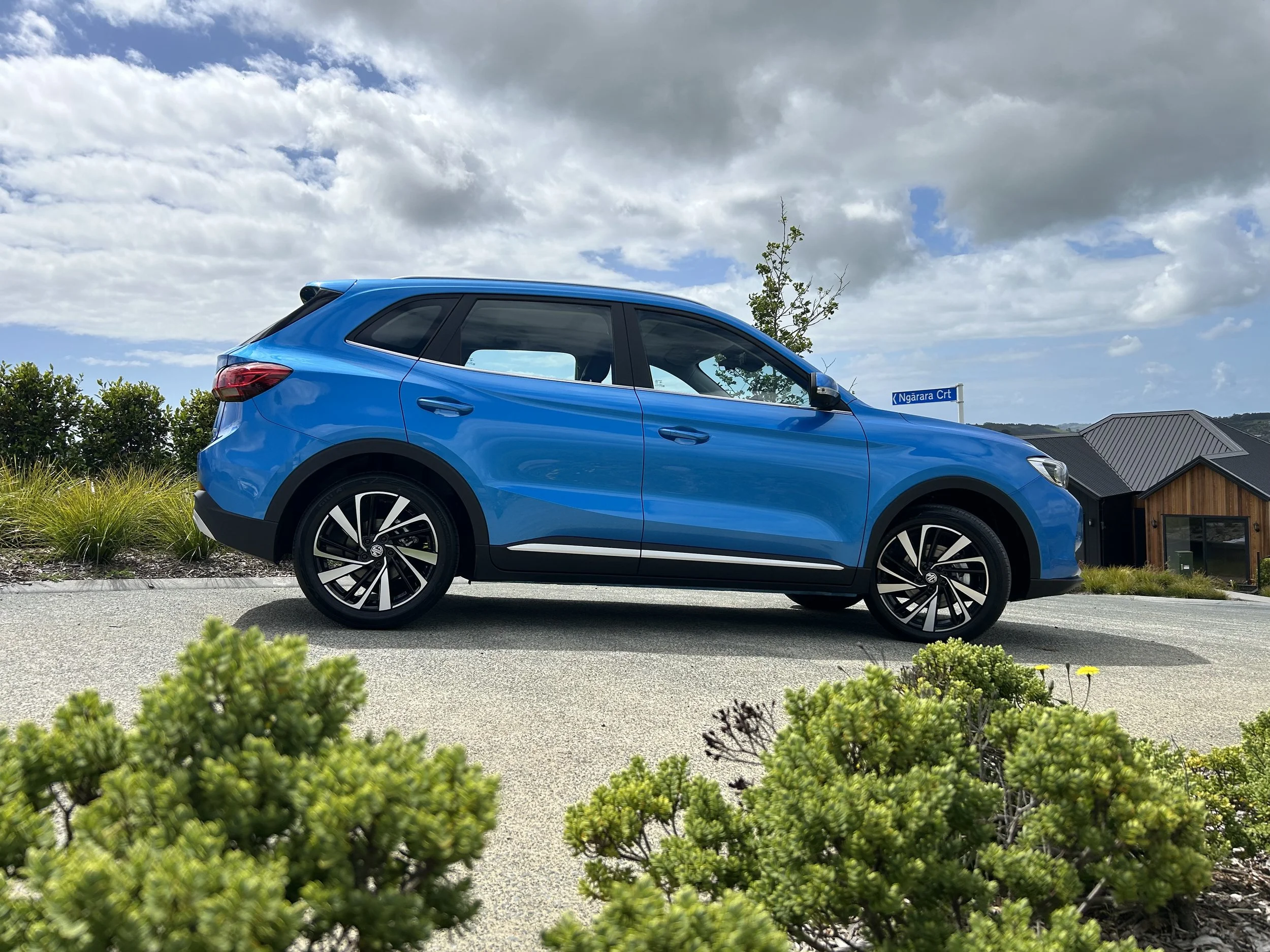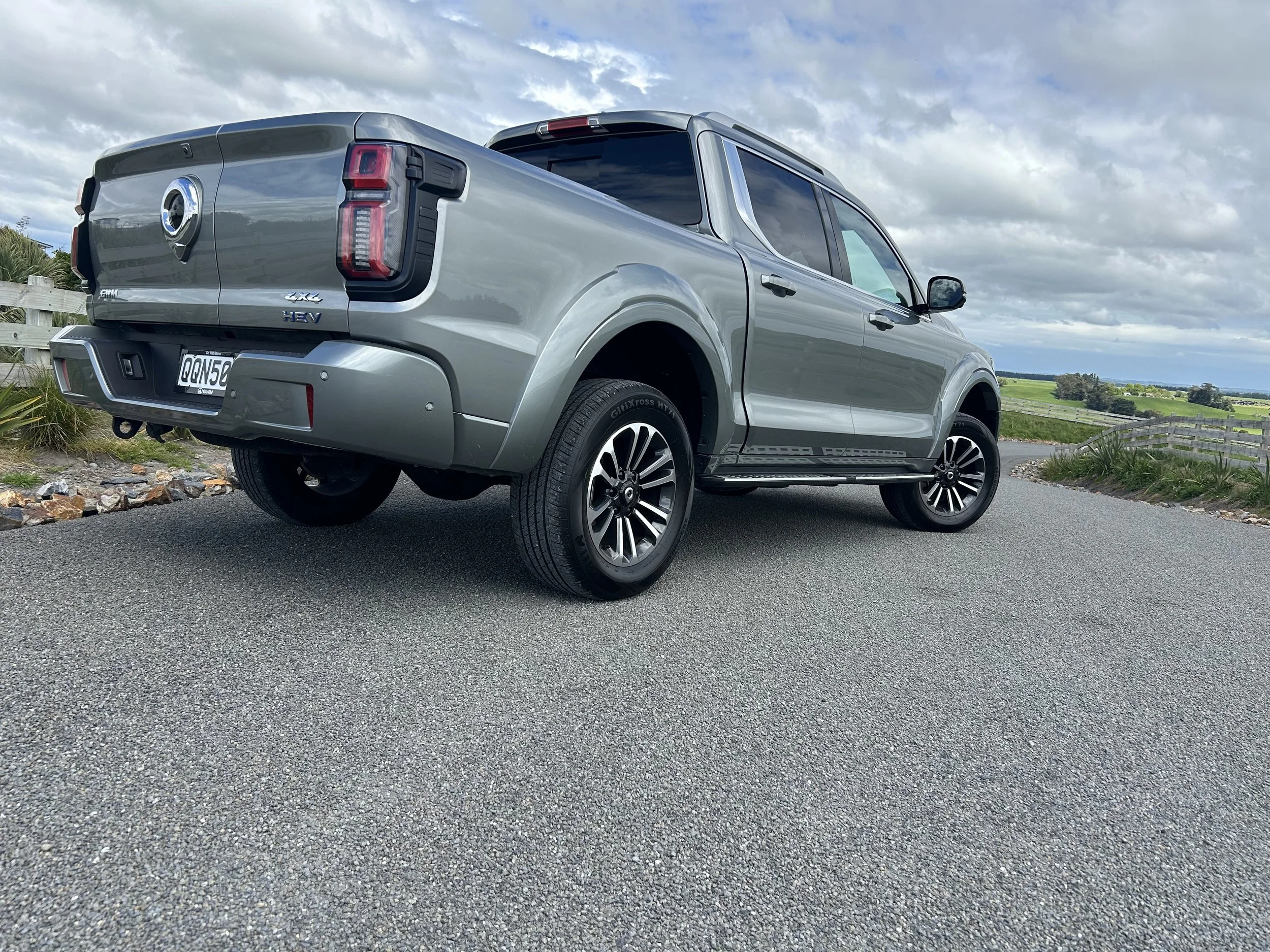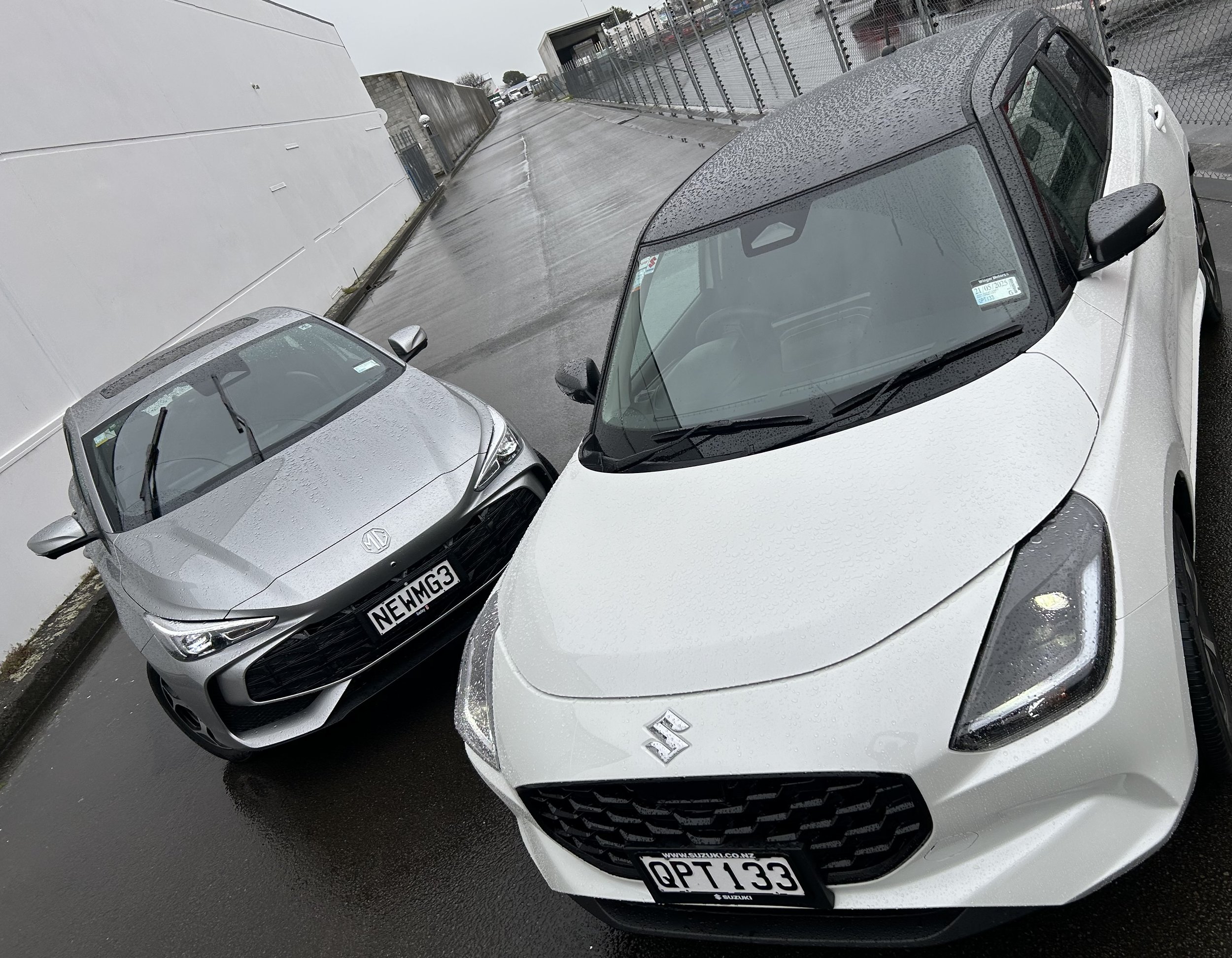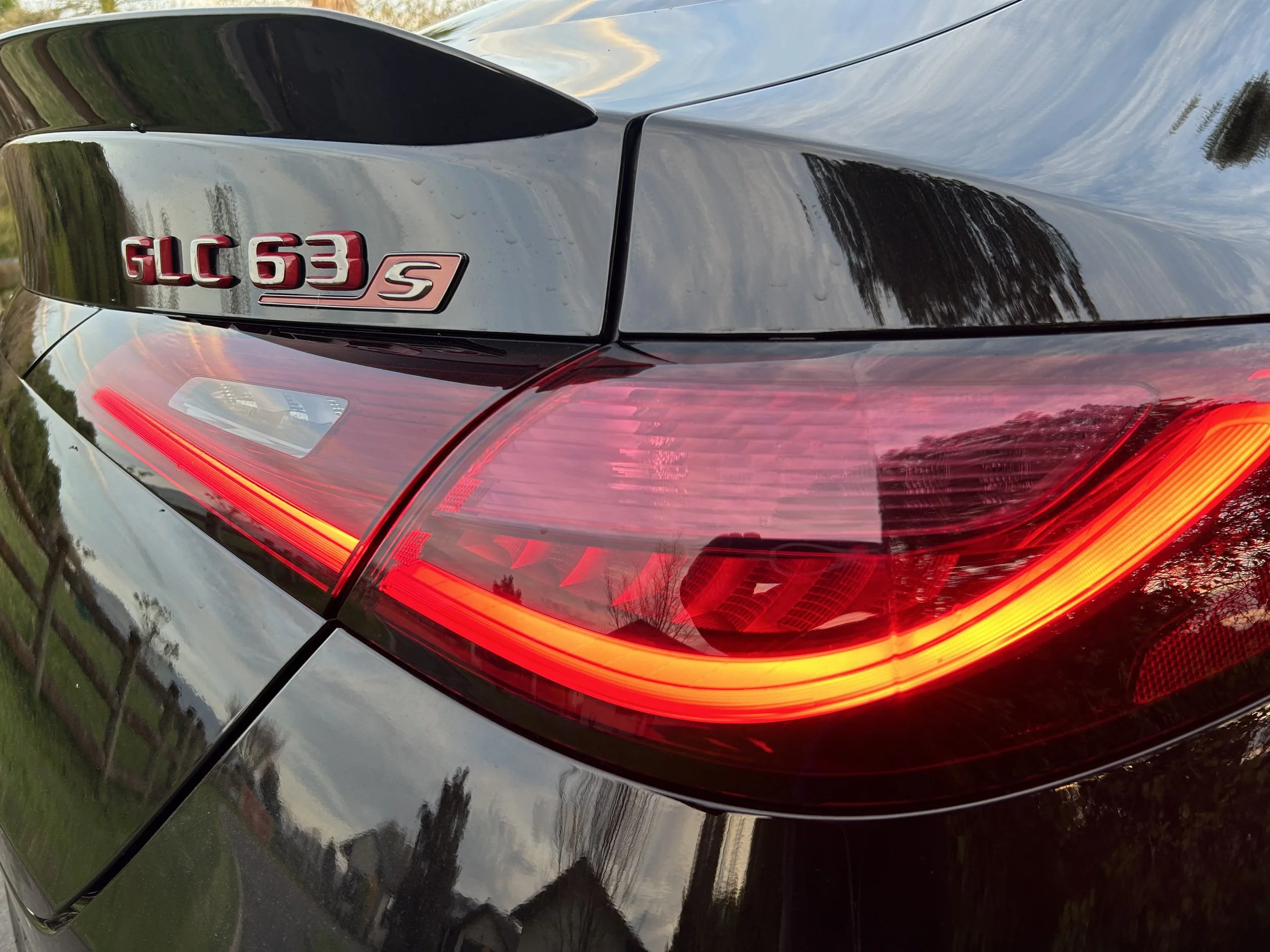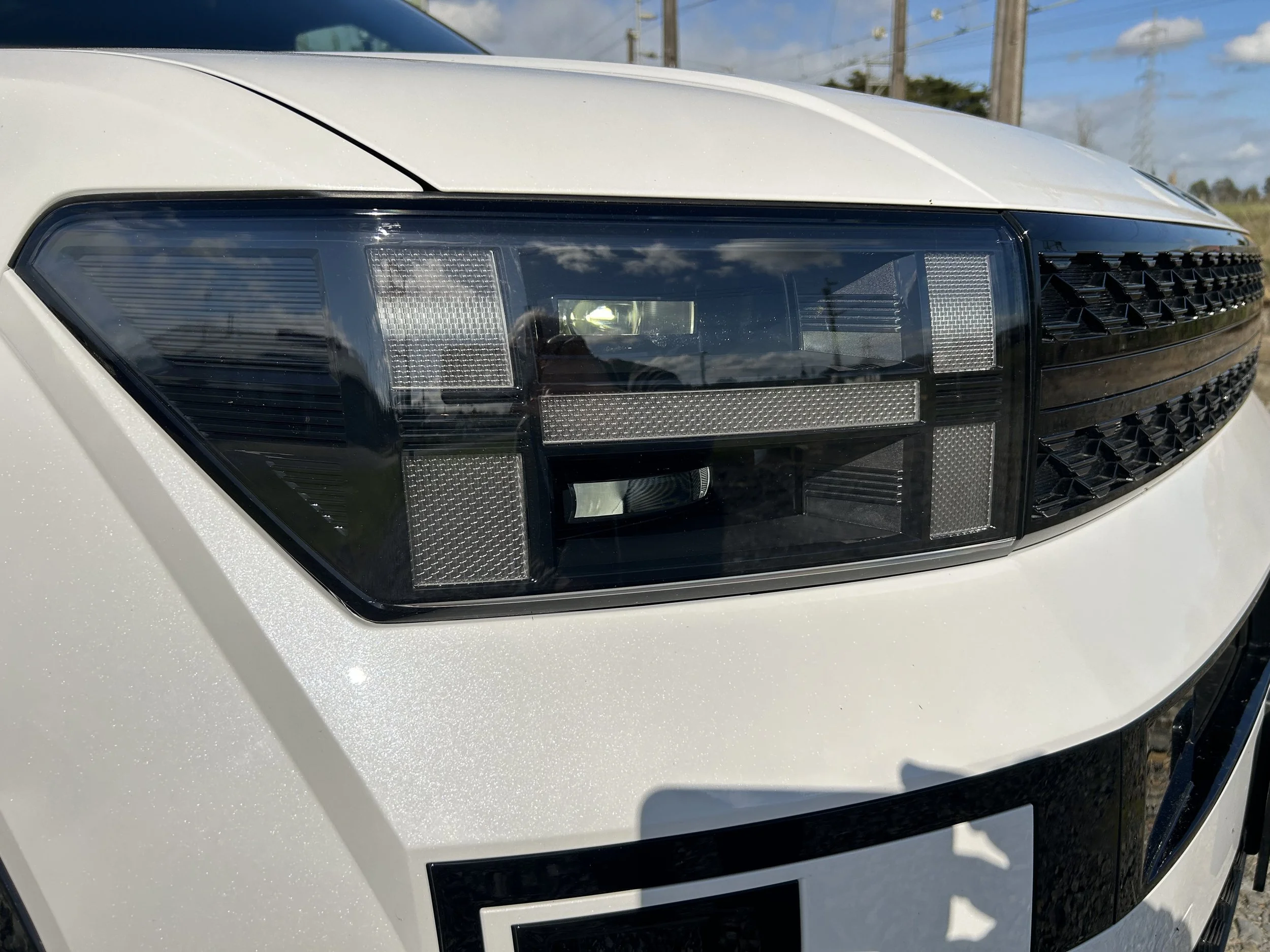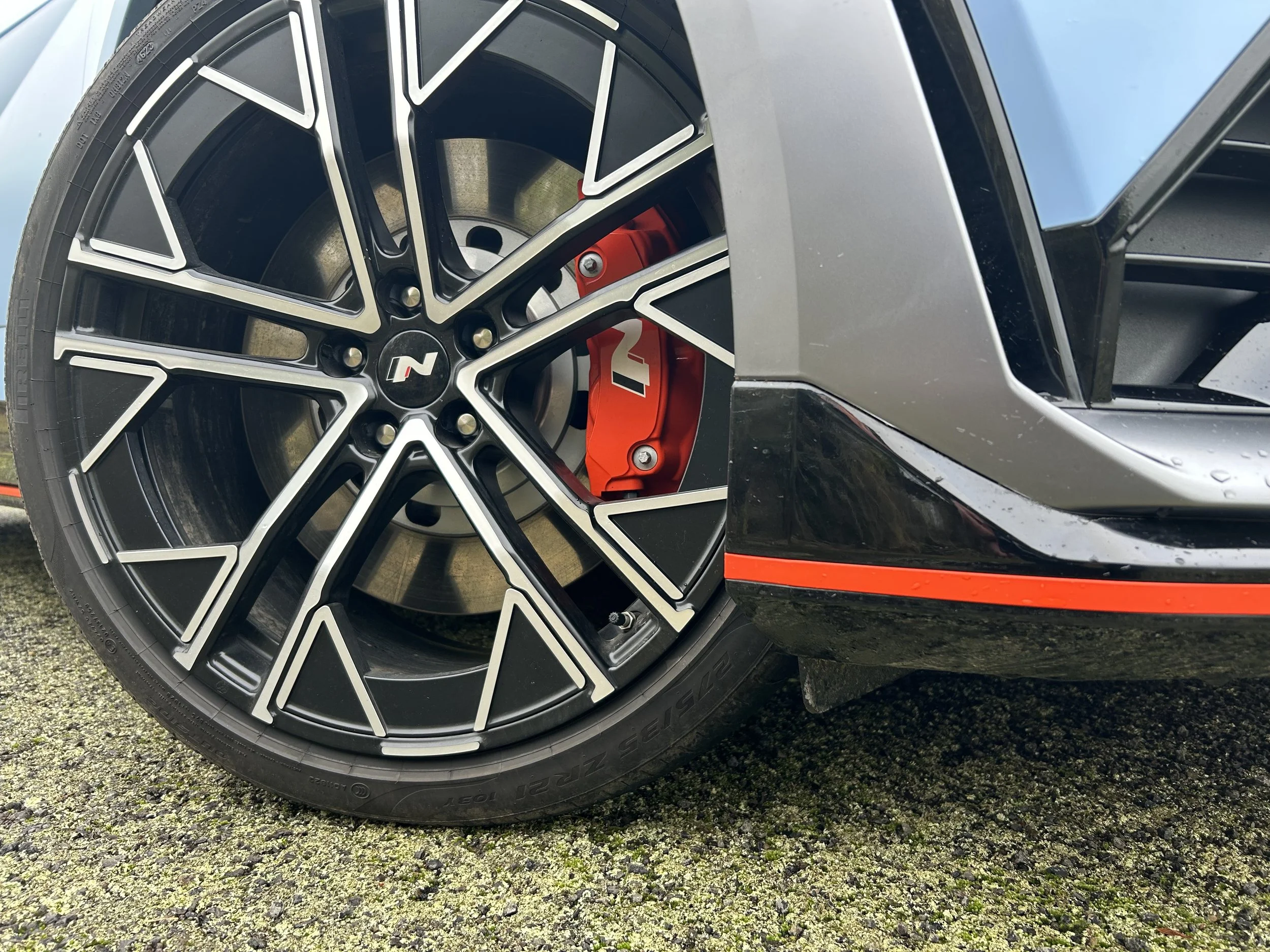Q4 e-tron set to deliver tech edge
/An augmented reality head-up display is among snazzy new features on incoming Audi.
AUDI has allowed a sneak peek of what will likely become its most important new electric car of the immediate future, the Q4 e-tron – not just at its styling but also at some of the technology.
In respect to the electronic whizz-bangs, there’s particular pride in a new head-up display landing with a model that Audi New Zealand has previously said is intended be fully settled in by early 2022 to sit below the e-tron in wagon and Sportback styles, the impending S editions of those, plus the more performance-oriented e-tron GT, which shares an underpinning with the Porsche Taycan and includes an RS edition.
This is regardless that other NZ-destined cars on the MEB platform (VW ID.4, Skoda Enyaq and SEAT El-Born) have all been significantly delayed for local introduction because of VW Group’s desire to satisfy demand in Europe before releasing them elsewhere.
Anyway, if things change for the Q4 e-tron, Audi’s first MEB car, we’ll let you know.
Back to the tech. Projecting information such as speed and navigation directions onto the windscreen so that the images seem to be hovering somewhere over the bonnet, and the driver can keep their eye up and out on the road, rather than looking down at an instrument panel, is nothing new.
Audi is now taking that to the next level, in two ways.
First, it has vastly increased the size of the projection. The HUD in the Q4 appears to be 178cm (70 inches) across.
Secondly, it’s relaying much more than the usual basics. New prompts that appear to float in space around 10 metres in front of the car include a navigation direction graphic - a series of bright blue chevrons - that point you down the right turning, or pick out your final destination.
It can also keep an eye on other traffic, warning with little red or green lines if you're too close to the car in front, and even predicting where other cars are going to go next, by reading the car's 'body language.' The lane keep assist function gains a visual element by showcasing the position of the Q4’s wheel tracks on the road ahead.
Worried this could become too distracting? Audi’s engineers involved in this project say the exact opposite is their goal: "The data itself is chosen to be contextual and situational.
“So actually we don't want to overload the driver with a lot of information. The meaning of augmented reality and the use of it is to show the information you need, when you need it. And this is exactly what we're doing.”
The tech upgrade doesn’t there. The main touchscreen in the centre console is, at 29.5cm (11.6 inches) across, one of the biggest screen Audi has yet put into one of its cars. The Q4 e-tron also lacks a gearstick and achieves a funky new steering wheel, flattened off at the top and bottom, featuring touch-sensitive haptic pads on the spokes instead of traditional buttons and roller switches.
At 4590mm long, 1865mm wide and 1,613mm tall, Q4 e-tron appears similar in physical size to the Audi Q3, regardless it is intended to slot between that car and the Q5 and despite but the wheelbase being long, at 2760mm.
The benefits of being on the MEB architecture is that will be a lot roomier that the compact and medium orthodox ‘Q’ models: Some who have seen the car already say it has the kind of space you'd expect from the Audi Q7, with lots of rear legroom and stadium-style seating in the back.
What it doesn't have is a seven-seat option. Does this seem odd, given that it has a massive 541-litre boot (with a 40:20:20 split rear bench opening up 1490 litres with the rear seats folded down) and also, of course, three-row formats are popular with consumers. Audi has indicated only that a dedicated seven-seat electric car is on the way, but is vague in respect to that model being part of this family. One other point of interest is that this model eschews a 'frunk' under-bonnet storage area; that space has been filled by ancillary systems, such as the air conditioning unit, to maximise cabin space.
Audi intends to keep the Q4 e-tron’s shape wrapped in camo tape until next month, however it’s surely quite obvious the car in today’s images still roughly matches the original Q4 concept, in general dimension and look, with many of the production vehicle’s surfacing and lines are taken directly from the concept. The obvious revisions cited by overseas’ media are changes to conventional side skirts, smaller vents at the front, a toned-down rear diffuser and smaller wheels.
Drivetrain specifications have not been revealed, but it will share the same range of electric motors and battery packs as the ID.4, with a range topping quattro variant sporting a 225kW twin-motor, four-wheel-drive powertrain and a 77kWh (usable) battery. A 0-100kmh time of around six seconds, a top speed of 180kmh and a maximum WLTP range of 500km are expected.
